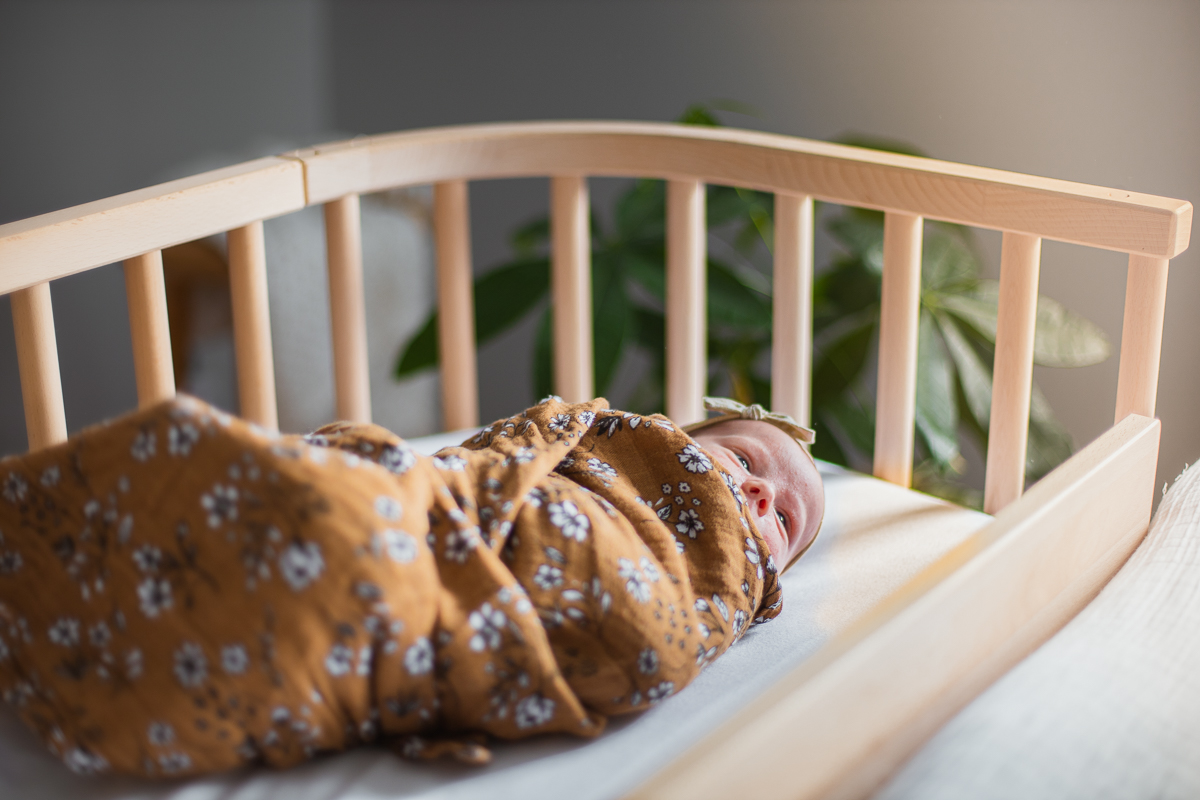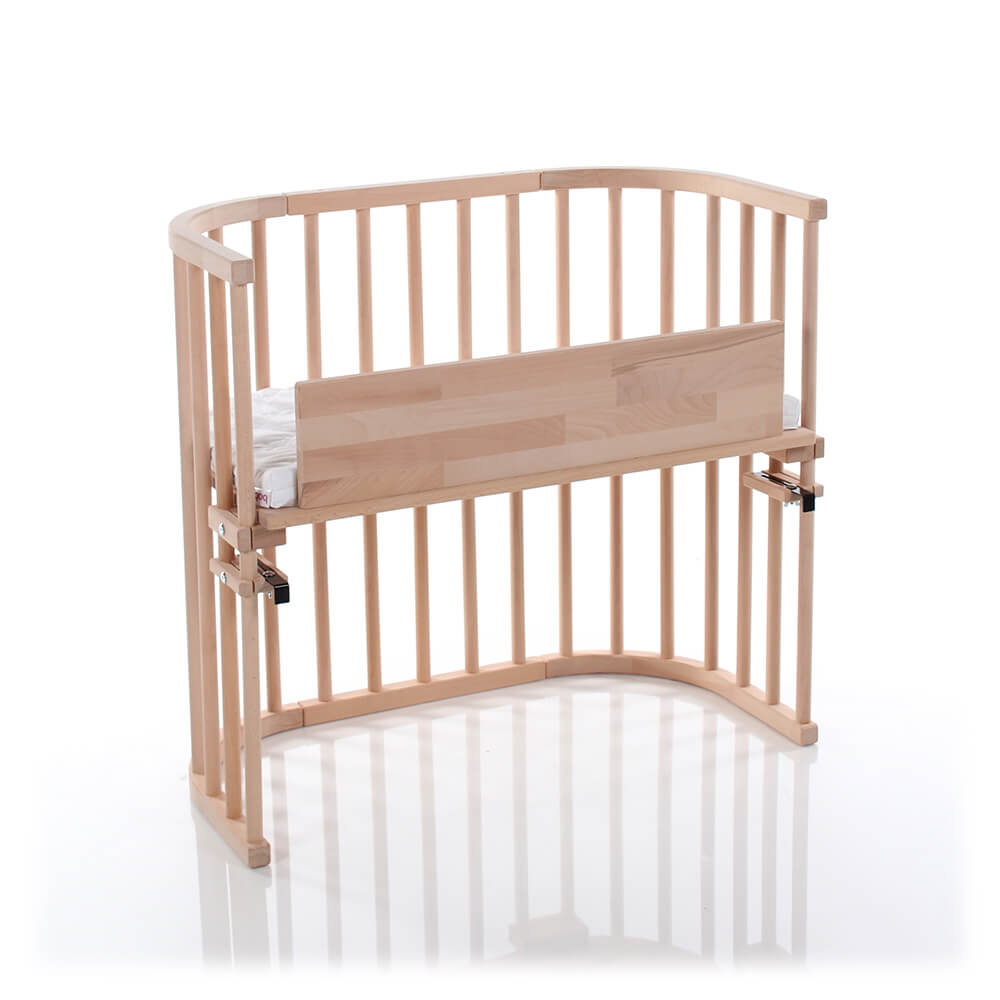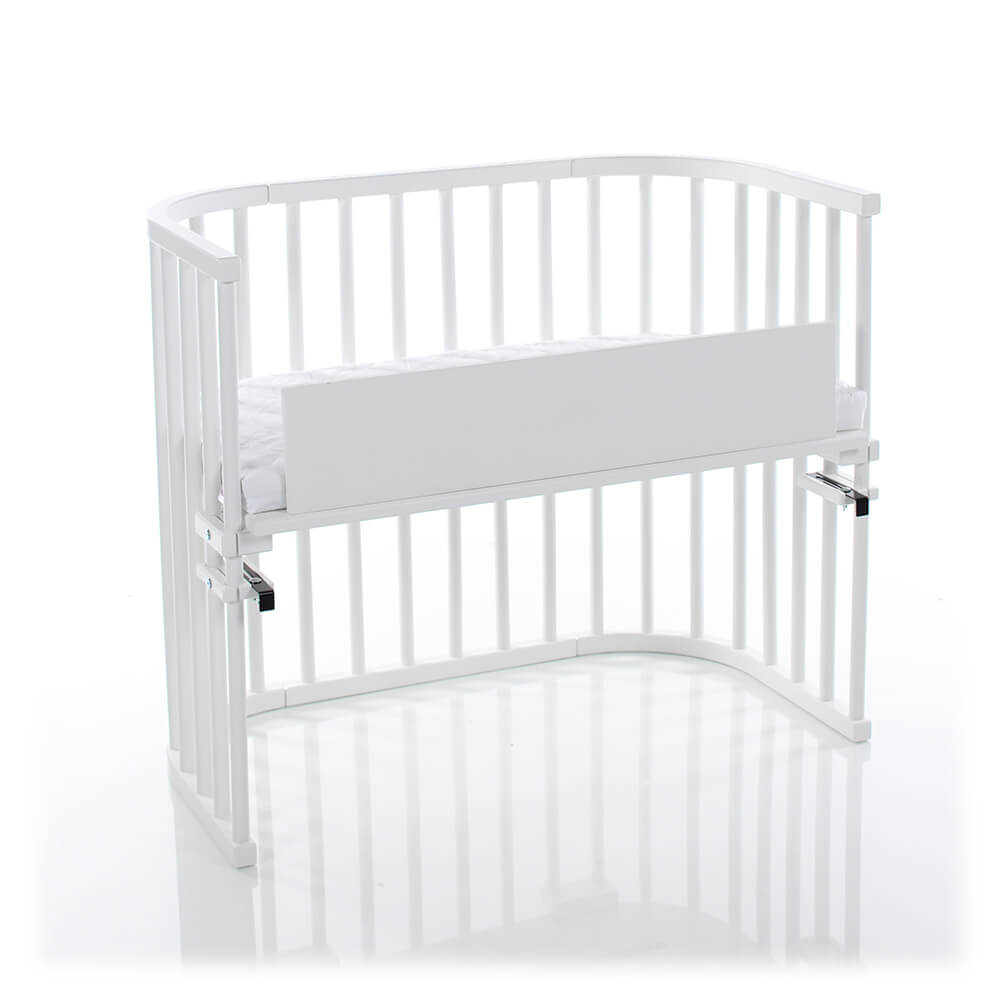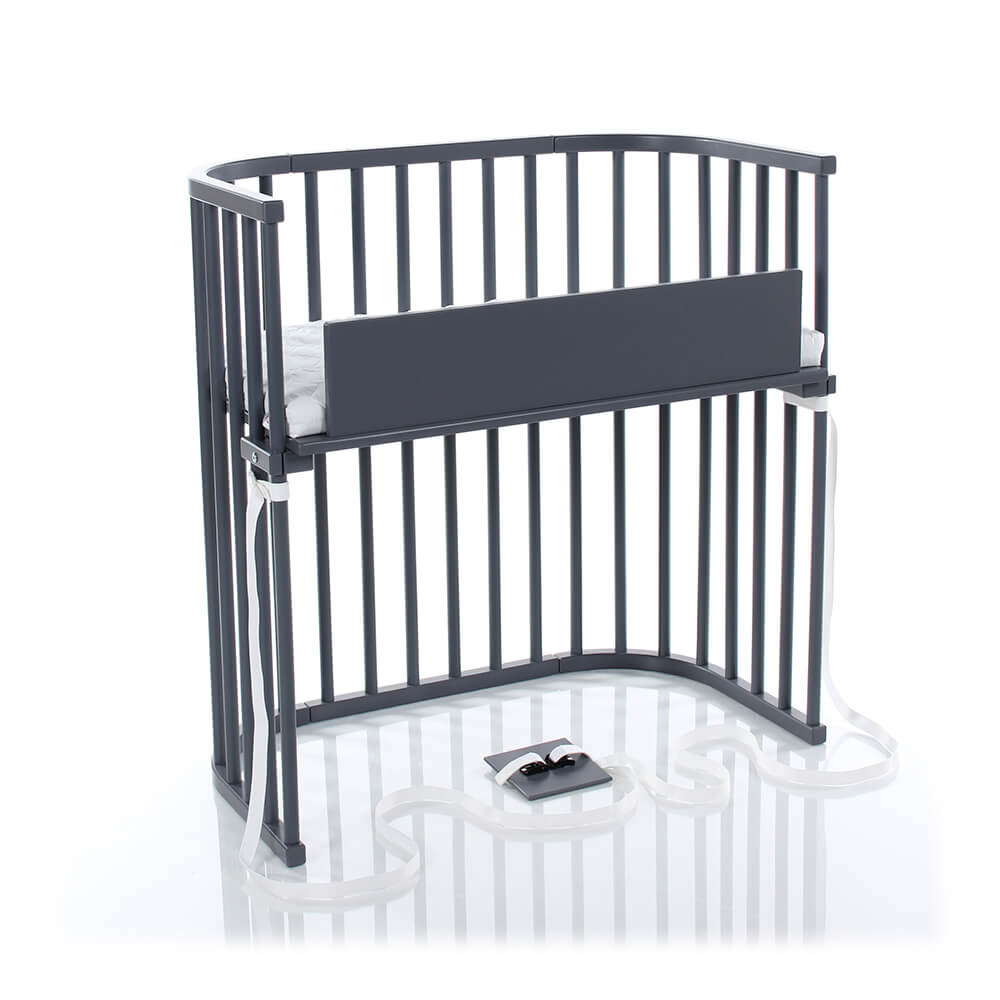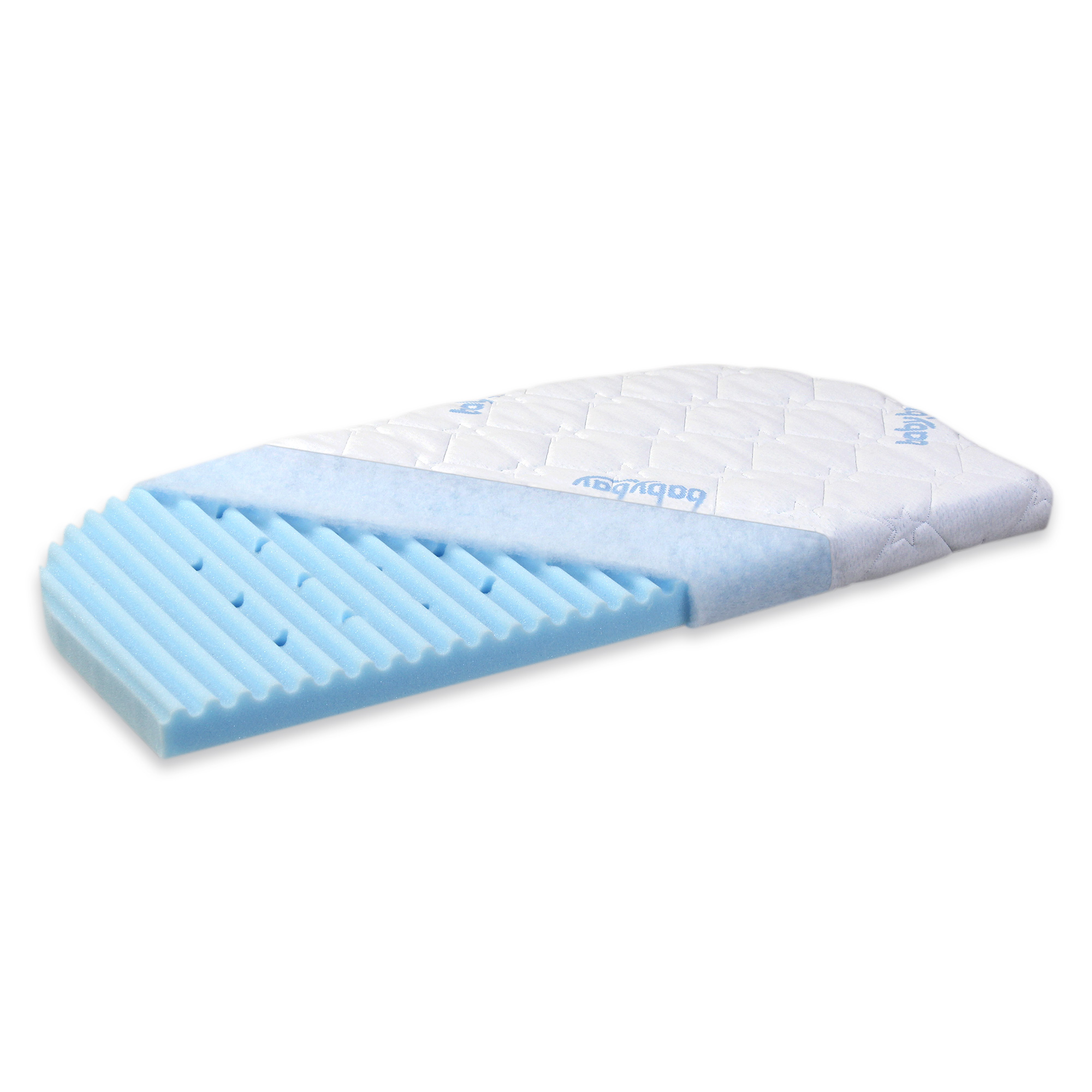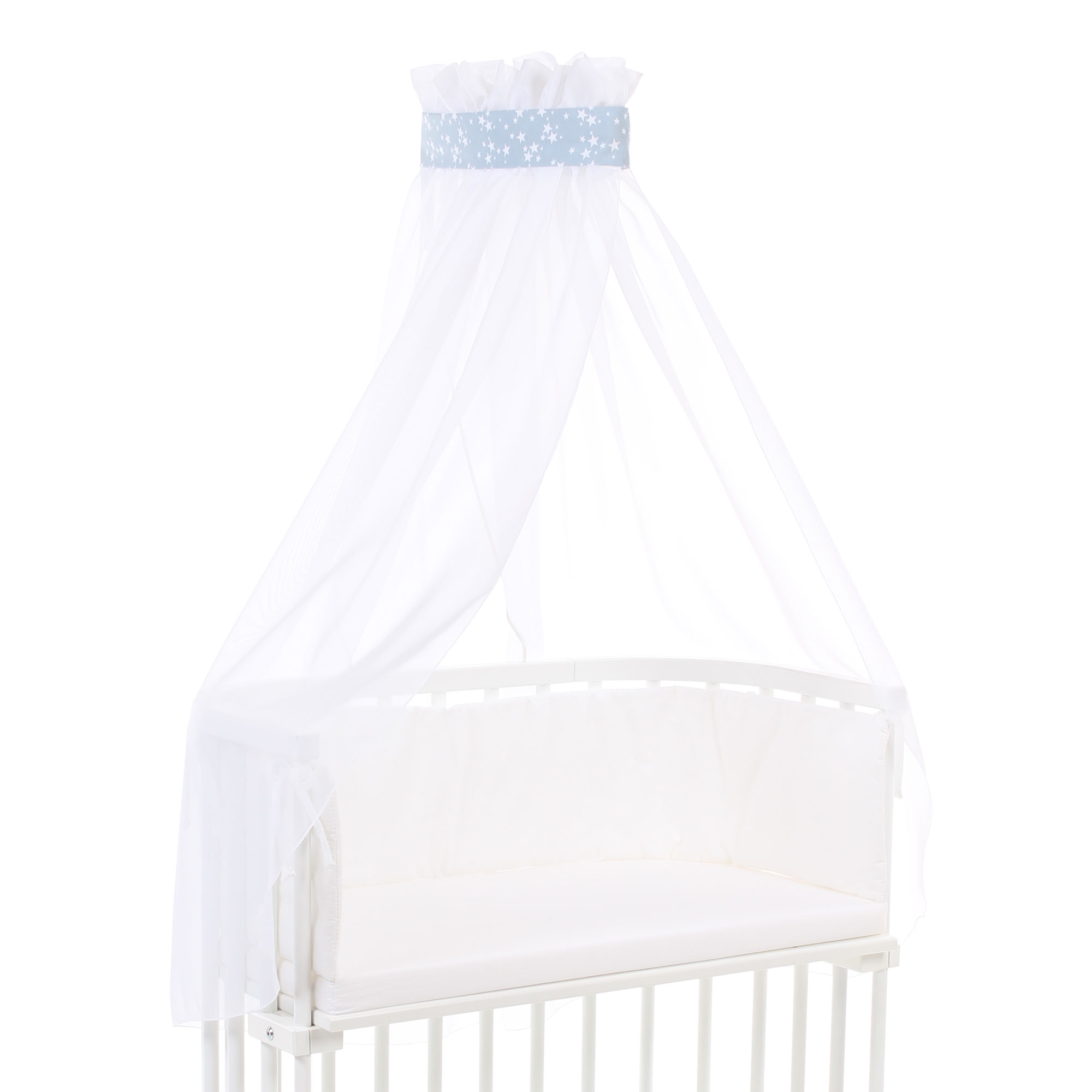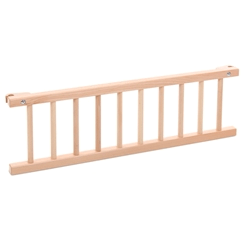co sleeper bed
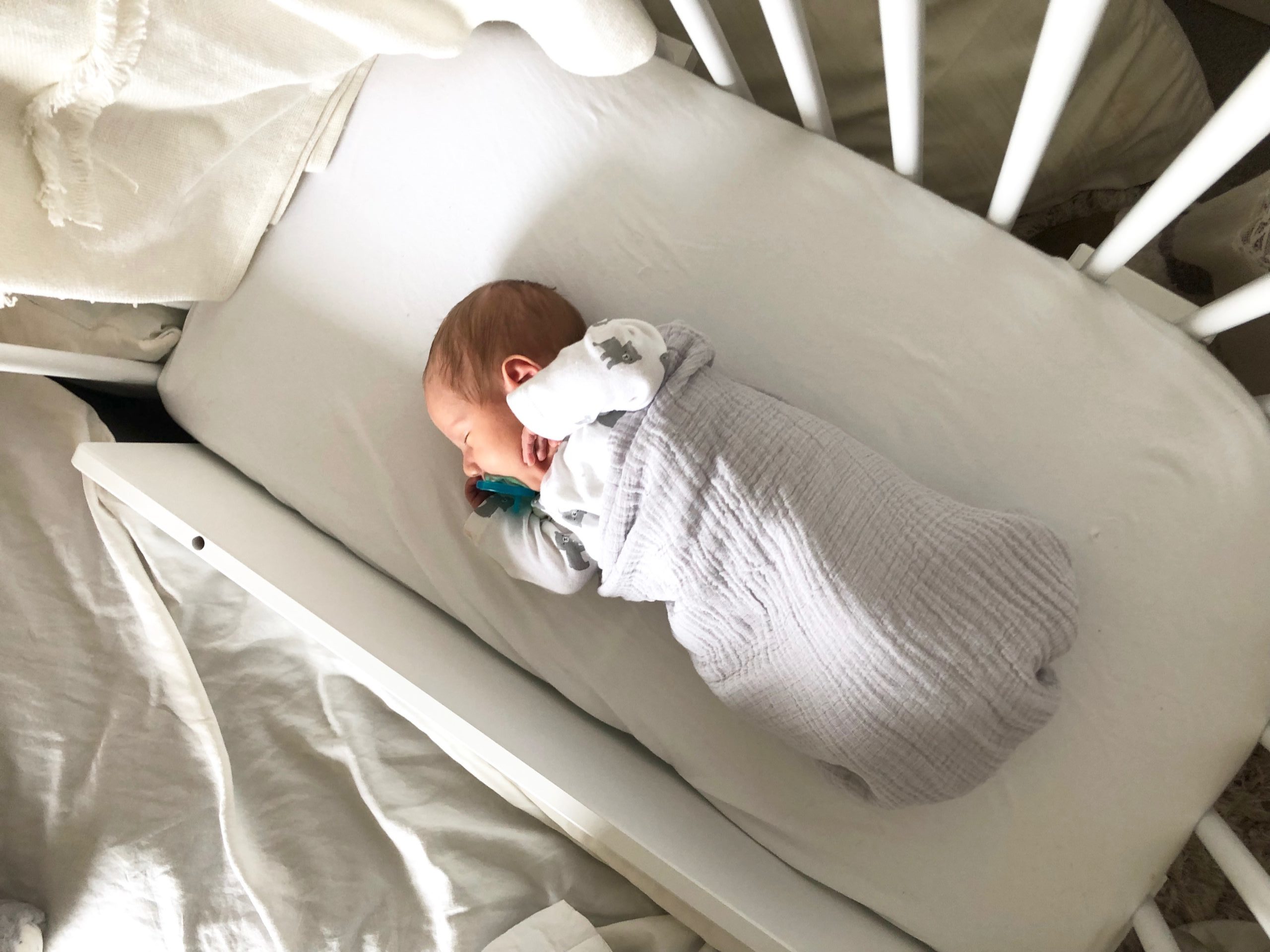
What Is Co-Sleeping and How Do I Know if It’s Right for My Baby?
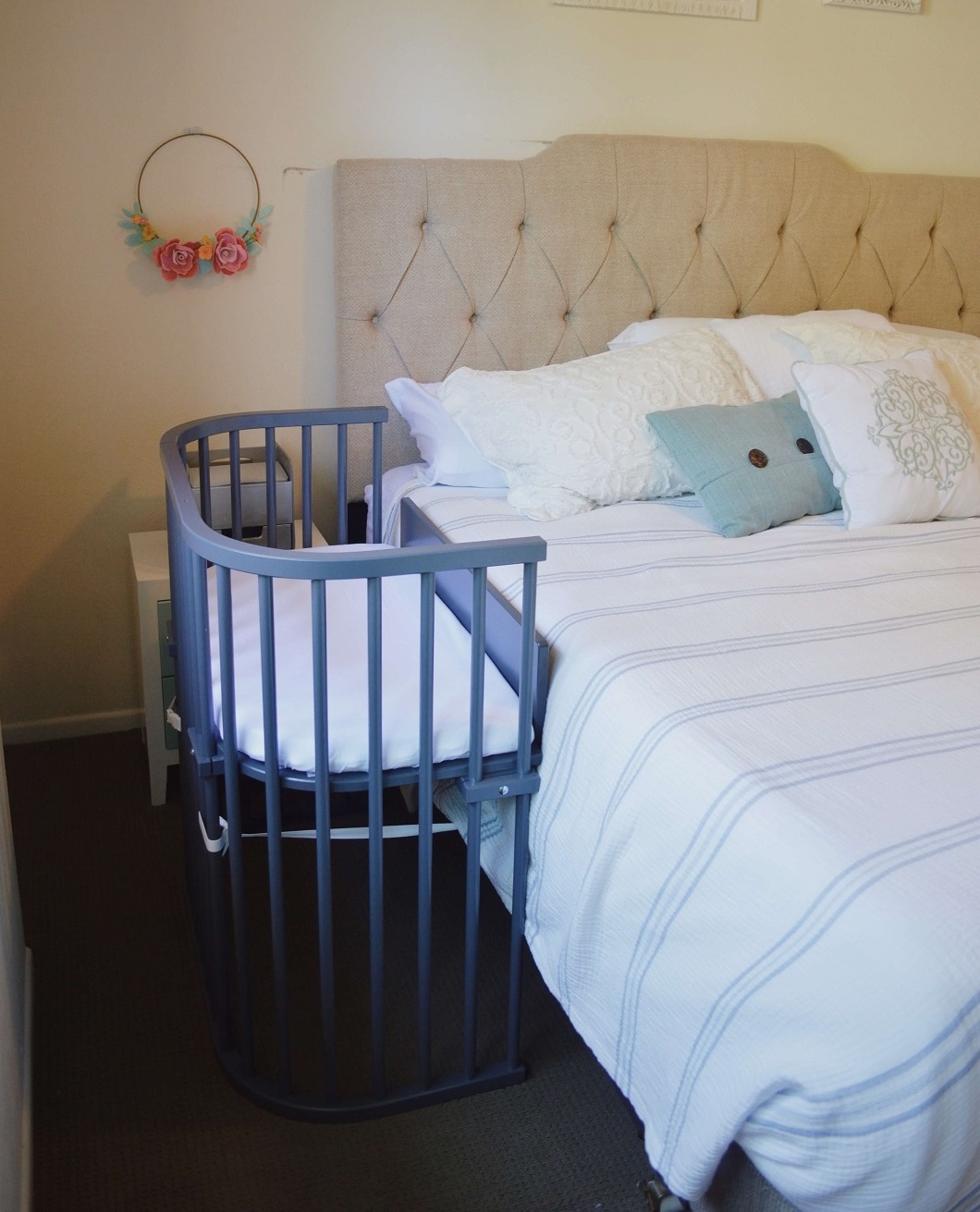
When Is It Safe to Co-Sleep with My Baby?

A Guide for Sleep Deprived Parents: How to Get Sleep with a Newborn
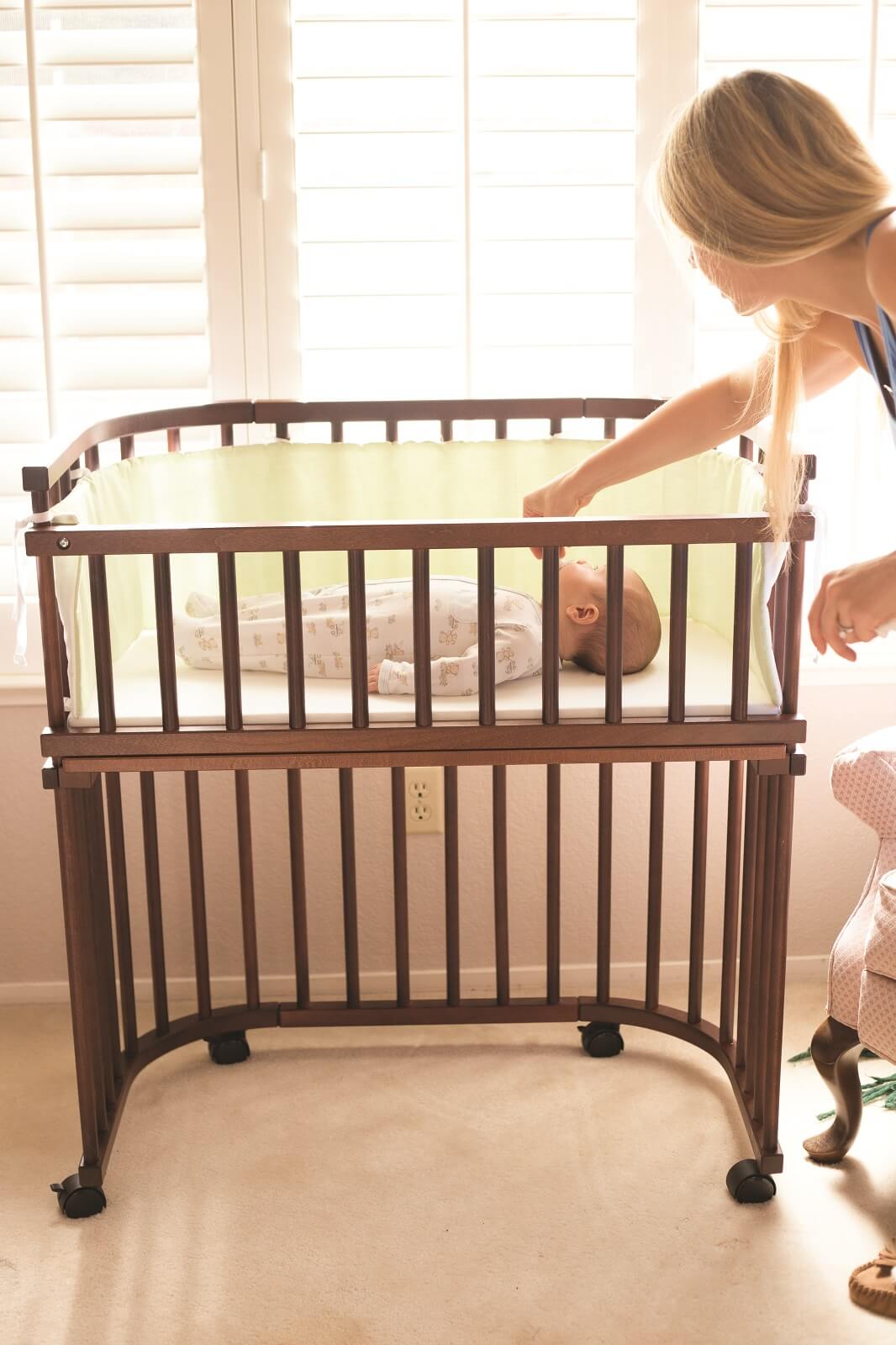
How to Break Co Sleeping and Move Baby Into a Room of Their Own
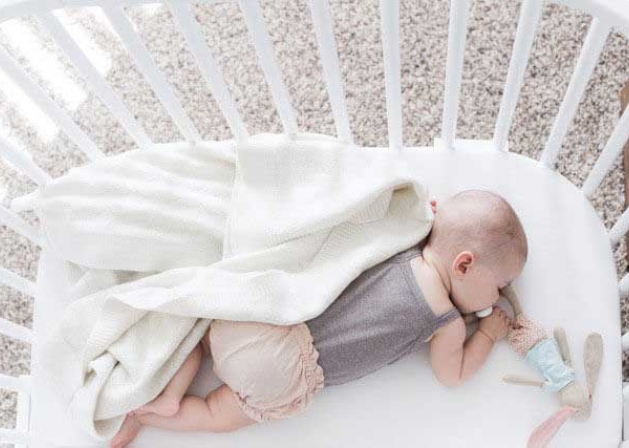
3 Big Benefits of Co-sleeping with your Newborn
